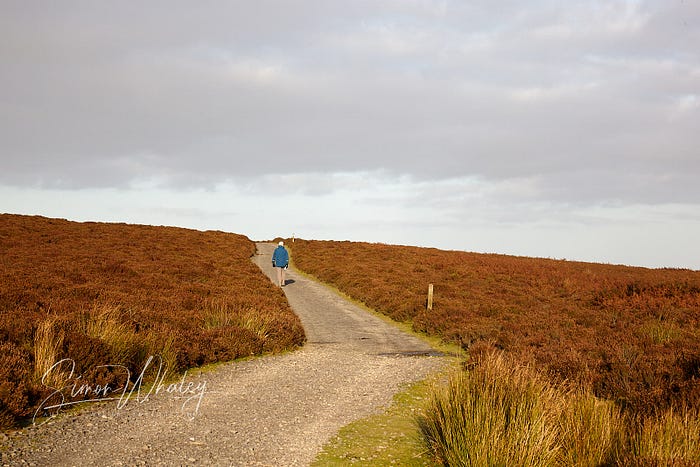Unlocking Your Mind: The Power of Walking for Problem Solving
Written on
Chapter 1: Walking as a Path to Clarity
Imagine a scenario where Kate, overwhelmed by a whirlwind of life’s demands—tight deadlines from clients, the impending surgery of a relative for whom she’ll be the caregiver, and a sudden need to find new housing—decides to step away from her desk and take a walk. It turns out that one of the best things you can do when faced with life’s challenges is to step outside for a walk. This doesn't mean abandoning your problems but rather creating space to think clearly.
Having walked regularly for years, I recently discovered the concept of Thinking Paths. Reflecting on my experiences, I recognize that my daily strolls served not just as physical exercise but as valuable time for contemplation.

The Physical and Mental Benefits of Walking
It's widely acknowledged that walking offers numerous physical health benefits. Regular walking boosts circulation, strengthens bones and muscles, enhances cardiovascular health, and reduces the risk of various diseases, including type-2 diabetes and high blood pressure. However, the mental health benefits are equally significant. Exercise releases endorphins, improving mood and lowering stress.
I’ve long valued the connection between walking and creativity. Many of my ideas spark during my walks. If walking can enhance our mental health and alleviate stress, it stands to reason that it also primes our brains for effective problem-solving.
Transient Hypofrontality: The Science Behind It
Arne Dietrich, a psychology professor, discusses in a TEDx Talk how engaging in simple, repetitive activities like walking quiets the mental noise in our heads. This phenomenon, termed transient hypofrontality, indicates that while walking doesn’t require focused thought, it does engage brain resources. This allows the brain to redirect energy away from the prefrontal cortex, where our critical thinking occurs, leading to a focused mindset.
This reallocation of resources does not diminish our cognitive abilities; instead, it allows us to concentrate on one or two thoughts rather than becoming overwhelmed by a multitude of concerns. This focused thinking is essential for effective problem-solving.
Solvitur ambulando: Problems are Solved by Walking
The wisdom of walking for thought is not new. Prominent thinkers like Bruce Chatwin and Paul Theroux have celebrated this practice. In the 19th century, many intellectuals advocated for the connection between walking and contemplation. For instance, Robert Darwin would walk with his sons, encouraging them to reflect on their daily goals.
Both of his sons, Erasmus and Charles, became influential thinkers, with Charles famously developing the theory of evolution. After marrying, Charles established his own Thinking Path, a route he walked daily, allowing him to think without expending cognitive resources on navigation.
Video Description: This video explores techniques for awakening and enhancing your analytical problem-solving mindset through mindful walking and contemplation.
Charles Dickens also embraced walking as a means to think. He often covered 20 to 30 miles daily, sometimes seeking inspiration for his literary works. In "The Uncommercial Traveller," he contrasts purposeful walking with aimless wandering, emphasizing the importance of pacing for thought.
William Wordsworth, too, found inspiration in his walks through the Lake District. His time at Dove Cottage, where he lived for nine years, coincided with his most creative output. The connection between his physical surroundings and his creative process is undeniable.
Video Description: This step-by-step guide illustrates how to effectively solve problems in life through mindful walking and reflection.
Discovering My Own Thinking Path
Upon reflecting on my walking habits, I noticed I gravitate towards certain routes when I need to think. My chosen path is quiet and safe, allowing me to concentrate without distractions. This routine has proven effective for problem-solving, though it doesn’t guarantee immediate solutions. Instead, I use journaling at the end of my walks to capture my thoughts, allowing me to revisit them later.
Takeaway: Embrace Walking for Clarity
If you want to enhance your thinking abilities, take up walking. Choose a route that allows ample time for reflection—my own path is nearly three miles long, typically taking about an hour to complete. Familiarize yourself with this route until navigation becomes second nature, freeing your mind to focus on the issues at hand.
Start with smaller challenges to build confidence before tackling more significant dilemmas. Keep a journal to track how your Thinking Path aids your problem-solving journey.
Happy walking and thinking!